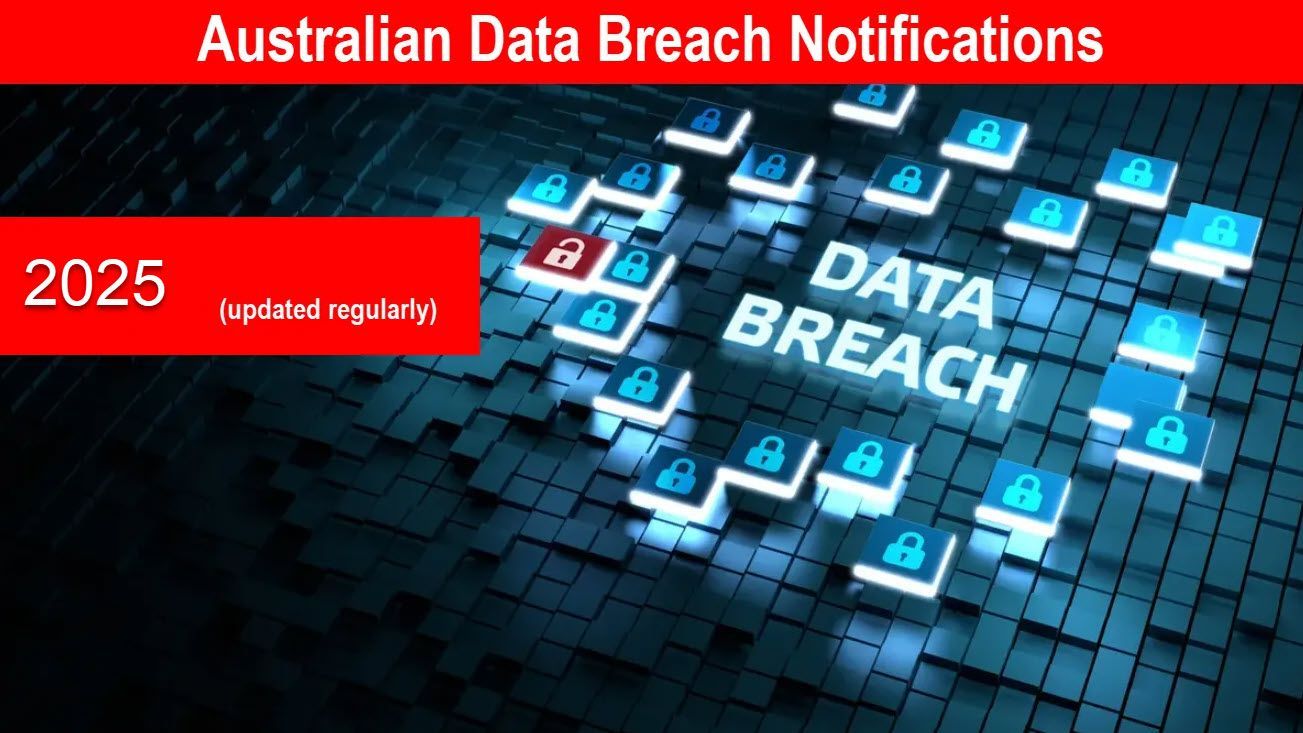What Is Cyberbullying and How to Prevent It

Over the past couple of decades, traditional bullying has found its way into the digital world.
The surge of advancements in the technological space has opened up many routes for bullies in the form of online forums, social media, chat groups, messengers, and gaming platforms.
This has led to a new form of bullying, known as cyberbullying.
Cyberbullying isn’t just limited to online harassment, abuse, or insult—it is a much broader term that also involves cases like online threats, unlawful sharing of personal information, identity theft, impersonation, and forgery.
According to the Cyberbullying Research Center, a survey conducted in October 2016 showed that 34% of the students had experienced cyberbullying in their lifetime. Another survey conducted in June 2021 shows that an average of 27% of teenagers (aged 13–17 years) reported that they had been victims of cyberbullying.
Although recent stats might look a bit lower than before, they are still pretty bad.
Cyberbullying can have an immense toll on the victim’s mental and physical health, leading to feelings of being upset, embarrassed, and afraid. Therefore, it is of utmost importance that we understand and address it.
For that to happen, both parents and teenagers should educate themselves on the prevention and control of cyberbullying. This article will explore common cyberbullying tactics, places where it may occur, and how to recognize, prevent, and respond to it.
That said, let’s get started.
Common Cyberbullying Tactics

Here are a few cyberbullying tactics that online bullies may opt for:
- Harassment: Sending abusive and hurtful text or voice messages that are phrased in a severe, persistent, or pervasive manner, causing the respondent undue concern.
- Flaming: Passionate arguments or criticizing someone with profane or vulgar language, often in public communication environments.
- Outing: Public display, posting, or forwarding of personal communication or images by the cyberbully, which can be particularly damaging when the communications contain sensitive information. This may also include recording and distributing images or videos of unsuspecting victims or the target in compromising situations.
- Denigration: Sending, posting, or publishing cruel rumours, gossip, and untrue statements about the target to intentionally damage their reputation or friendships.
- E-mail Threats and Dissemination: Sending threatening e-mails to the target and then forwarding or copying the threatening message to others. Moreover, sending explicit or embarrassing images directly to the target’s phone and then sharing them with others.
- Phishing: Tricking, persuading, or manipulating the target into revealing personal and/or financial information about themselves and/or others.
- Impersonation: Cyberbullies may impersonate the target and make unpopular online comments on social networking sites and in chat rooms.
- Exclusion: Deliberately excluding someone from an online group or social circle.
Now, let’s look at some of the most common platforms and technologies used by bullies in cyberspace.
Cyberbullying Platforms and Technologies

Learning about different digital technologies that provide a platform for cyberbullies can help us understand how the anonymity and digital footprints of these platforms contribute to cyberbullying.
- Social Media Platforms: Facebook, Instagram, Twitter, Snapchat, and TikTok are popular social media sites where cyberbullying may occur.
- Anonymous Messaging Apps: Sarahah, Ask.fm, and Yik-Yak are examples of anonymous messaging apps that have been used for cyberbullying.
- Gaming Platforms: Cyberbullying can occur in online gaming communities, such as Minecraft, Fortnite, and World of Warcraft.
- Email and Instant Messaging: Cyberbullying can also happen through email and instant messaging services like Gmail and WhatsApp.
These platforms often provide a space for cyber bullies to bully their targets anonymously, which can make it difficult to identify and stop the bullying. The anonymity of these platforms can also contribute to a lack of accountability for the bullying behaviour.
In terms of digital footprint, cyberbullying can leave a lasting impact on its victims. Once content is posted online, it can be difficult to remove or control its spread. Even if a post is deleted, it may still be present on a server somewhere, potentially accessible to others.
This can lead to long-term consequences for the victim’s reputation and emotional well-being.
On the other hand, this digital footprint can act as proof of evidence against the bully. Therefore, it is very important to take screenshots and save any important information that could be used against the bully in a court of law.
How to Recognize Cyberbullying?

Moving on, there are ways you can recognize if someone is being bullied or if there’s a bully around you.
We will talk about both of these scenarios.
How to Tell if Someone Is Being Cyberbullied?
The victims of cyberbullying often show certain behavioural changes that can signify that they are being bullied.
Some of these changes are:
- Anxiety, depression, and other stress-related conditions.
- Sporadic changes in personality or behaviour, such as becoming more anxious, angry, withdrawn, or sad.
- A decline in academic performance, with grades suffering due to a lack of focus from the cyberbullied victim.
- Easily distracted and/or lack of attention during class.
- Frequent absences from school.
- Loss of interest in extracurricular activities.
- Negative self-image, with a loss of confidence and self-esteem.
- Depression and suicidal ideation.
- Poor physical health, including gastrointestinal issues, disordered eating, and sleep disturbances.
- Isolation and feelings of loneliness and distance from others.
- Anger and a desire to act out against the bullies.
- Powerlessness and a sense that resolving the issue may be futile.
Here, it is important to note that bullies target different aspects of a person’s life. They may bully them based on their physical appearance, intelligence, sexual orientation, gender, race, social status, etc.
Therefore, their behavioural changes would usually relate to the attribute that is being targeted.
How to Detect a Cyberbully?
Similarly, certain signs can help you detect a bully, including:
- Unusual secrecy, especially when it comes to online activities.
- Appearing nervous or jumpy when using devices.
- Avoiding discussions about online activities.
- Unexpectedly stopping the use of devices.
- Unease about going to school or other events where peers are present.
- Anger, depression, or frustration after texting, using social media, or gaming.
- Oversleeping or not sleeping enough.
- Frequent calls or texts from school requesting to go home ill.
- Desire to spend much more time with parents rather than peers.
If you see these signs in a teenager around you, make sure to do a proper investigation and check if they are involved in an activity like cyberbullying.
Preventing Cyberbullying
Similar to physical bullying, there are a lot of ways to prevent cyberbullying.
Let’s discuss them in a step-by-step manner:
(We’ve made this guide for teenagers who are eager to learn about preventing and controlling cyberbullying. If you are a guardian or a parent, feel free to follow it with respect to your requirements.)
1. Educate Yourselves

If you’ve come this far, you are already one step closer to preventing cyberbullying.
In today’s digital era, educating yourself about the intricacies of the modern world is extremely important. On that note, to prevent and respond to cyberbullying, you’ll need to know everything about it.
Once you have enough knowledge about the situation, you can easily prevent and respond to it.
2. Recognize the Signs
Now that you have learned about the common cyberbullying platforms, the different tactics, and the signs to detect them, you can easily recognize a cyberbully who’s trying to make you or your loved ones a target.
After you’ve spotted the bully, move on to the next steps.
3. Don’t Engage
If you know that someone is trying to—or will try to—bully you on any of the aforementioned online platforms, try not to engage with them.
Simply ignoring any attempt at cyberbullying is the key to preventing it from happening.
The important thing to note here is that the cyberbully intends to hurt the target’s feelings, play with their mind, and provoke their anger and frustration. In response to that, if a person avoids engagement and completely blocks the bully from all digital profiles, they can avoid being the victim.
On top of that, it is always better to report these cases to adults or professional bodies so that they can take proper action against the bullies and prevent the same from happening to someone else in the future.
4. Keep Your Social Profiles Private
Keeping all your social media profiles private to only a close circle of friends is an essential step to prevent cyberbullying.
When you keep your profiles hidden from strangers, it will be hard for them to target you. In some cases, they might not even be able to send you a direct message, let alone use your personal information for forgery or identity theft.
In addition to that, try not to engage in controversial posts on social media where it might be possible for you to come under the radar of a cyber bully.
5. Keep Your Online Presence Secure
Although keeping your profiles private and hidden can give you a sense of safety, understanding the procedures of maintaining proper online security is a much different story.
The practice involves using strong passwords, enabling layered security features like two-factor authentication or using an authenticator app when signing into your accounts, keeping your accounts logged out, following in-app security protocols, and avoiding public Wi-Fi connections.
These practices can help you maintain better security and be safe from (even the serious forms of) cyberbullying attempts.
Responding to Cyberbullying
As we have learned so far, cyberbullying is not something that should be left unchecked.
But, if it has happened already, what should we do in that case?
Let’s see:
1. Seek Help From a Trusted Adult

If you are being cyberbullied, the first step is to seek help.
Many teenagers are afraid or embarrassed to talk to their teachers or parents about being bullied. That’s why, in most cases, the situation goes undetected until much later when the bullying results in behavioural changes in the victim.
If you are a teenager and you think you are being bullied—either physically or online, let others know. Talk to your student counsellor, a favourite teacher, or your parents.
If you are a parent or a guardian and believe that your loved one has become a victim of cyberbullying, reach out to them as soon as possible. After that, you can decide whether you want to report the case to the authorities and/or seek further help and assistance from the professionals.
2. Keep the Evidence
If you have been targeted by a cyberbully, never forget to save the evidence.
Keep everything that you believe would help your case in a court of law—take screenshots and download any videos or voice recordings if possible.
All of this material would be extremely helpful when reporting the bully to the authorities.
3. Take Care of Yourself
It’s crucial to prioritize your mental health by seeking support from trusted individuals, such as friends, family, or a counsellor, to process the emotional impact of the cyberbullying.
Engaging in self-care activities like meditation, exercise, or hobbies can help reduce stress and promote healing. Setting boundaries with technology, taking breaks from social media, and focusing on activities that bring you joy can also aid in recovery.
Remember to be kind to yourself, practice self-compassion, and seek professional help if needed to navigate the effects of cyberbullying and promote your overall well-being.
Conclusion
In conclusion, cyberbullying is a serious issue that can have significant negative impacts on individuals and their communities.
To combat cyberbullying, it’s essential to raise awareness, educate individuals about safe online practices, and promote empathy and respect. Parents, educators, and policymakers must work together to create a safer online environment for children and young adults.
As a call to action, we encourage everyone to play a role in creating a safer online environment by raising awareness, educating children, supporting victims, reporting incidents, and promoting positive online behaviour.
Stay happy, stay safe!









